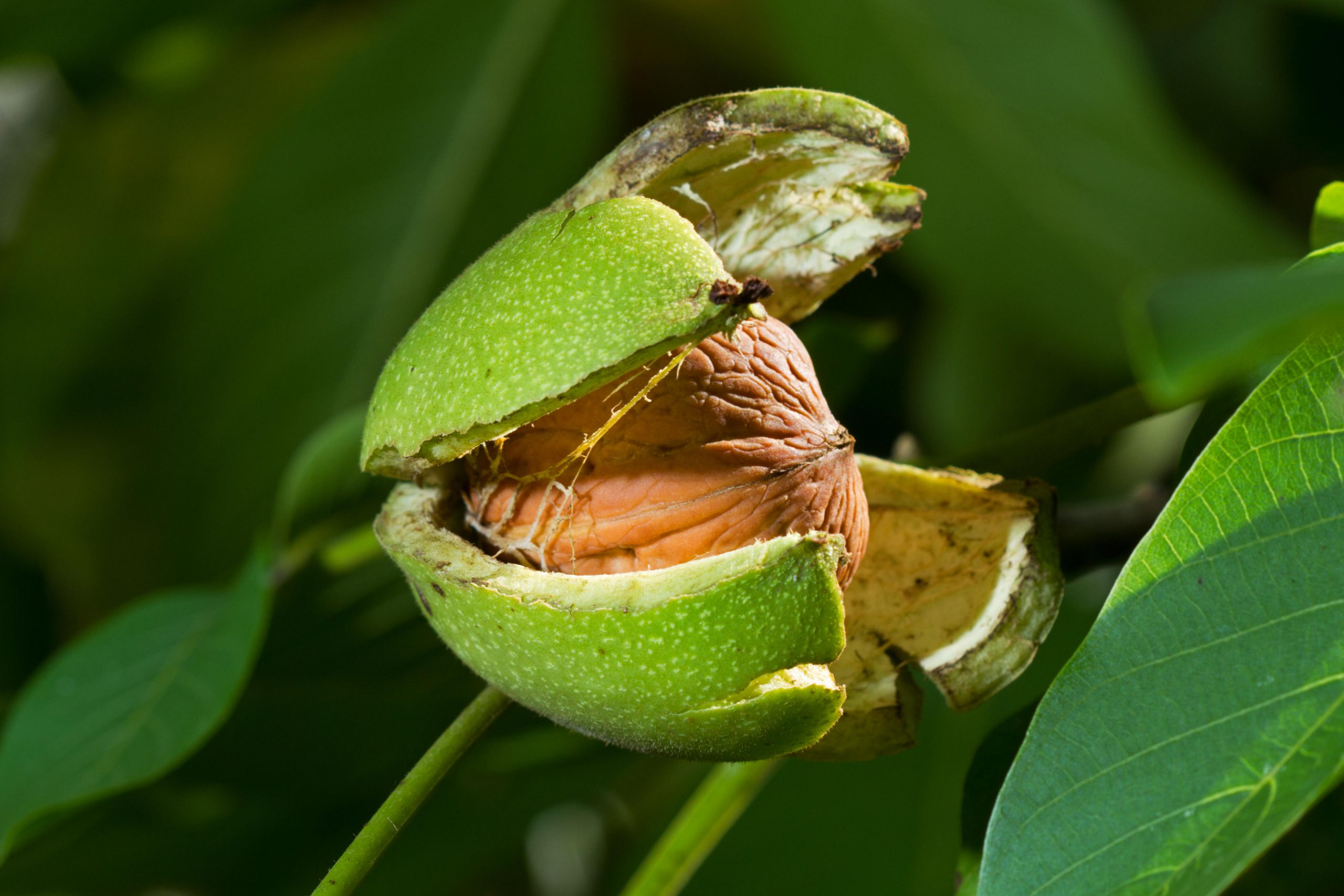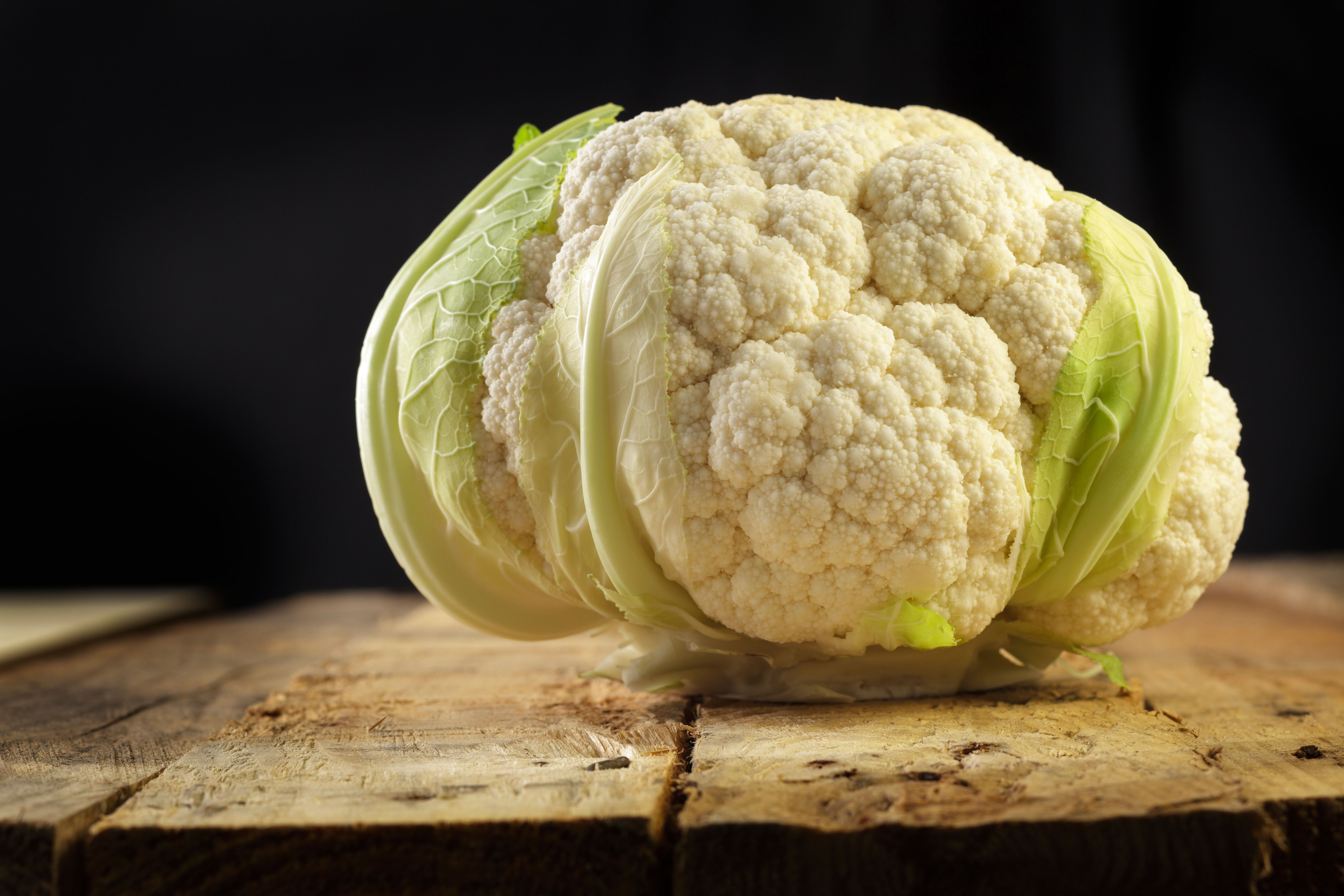How (and why) to grow walnuts in your garden
From making a delicious aperitif to enjoying the citrusy scent of their leaves, there are plenty of reasons to plant walnut trees in your garden, says Mark Diacono.


In the run-up to my birthday in mid July, it is not unusual to see me with a knitting needle heading to the nearest walnut tree. I go not for a shady spot to finish a hat or a pair of gloves, but in search of walnuts the size of golf balls, too early for the shell to have formed. If the knitting needle passes through the flesh and out the other side, I’m not too late.
I am following, two weeks later and with less elegance, in the footsteps of the ladies of Emilia-Romagna, northern Italy, where, in late June, these ‘green’ walnuts are infused in the local spirit alcohol to produce a wonderful aperitif known as Nocino.
There are contests, usually for women only, to establish the finest, so seriously is this homemade beverage taken. One of the pleasures of growing your own walnuts is being part of this noble tradition. Green walnuts can be pickled — they are delicious in this way — but most of those I pick are infused in vodka in my take on the classic, known, of course, as DiacoNocino.
It is as simple as it is superb: quarter 29 or 31 green walnuts (an odd number is traditional), infuse in a litre of vodka into which 400g sugar has been stirred. Flavourings — such as vanilla pod, cloves, lemon zest and a stick of cinnamon — are occasional options.
I turn it daily (when I remember) for a couple of months, then strain it into a bottle. The dark, syrupy, bittersweet liqueur is superb stone cold or drizzled over ice cream.
Shop-bought walnuts are harvested in autumn and dried to extend their shelf life and, although they can be excellent, some of the texture and flavour is lost in the process. Undried, as ‘wet’ walnuts, they are extraordinary and another fine excuse to grow your own.
Walnuts are ready to pick in early autumn; you’ll notice a few falling and the green husks start to split, ready to release the nut. Don’t hesitate at this point, otherwise squirrels may clean up.
Exquisite houses, the beauty of Nature, and how to get the most from your life, straight to your inbox.
Shake the branches to release the nuts — a blanket can be handy to catch them — and remove the husks as soon as you can to minimise the potential for fungal disease. I’d recommend wearing kitchen gloves to peel and shell them, as the tannin can stain fingers and clothes.
The fleshy green husk should come off easily and, to get at the nut itself, carefully twist the point of a sharp knife in the join between halves of the shell to crack it open. The nut will be firm, but more tender than a dried walnut and it will have a rich, creamy, and intense flavour.
Any you want to save for later can be dried either in a low oven or a dehydrator. Store in the fridge to prevent them turning rancid.
Walnut trees are not small. Most grow to about 20ft in height and spread in a decade. They will keep growing, too, if not pruned for size. It is also best to have at least two pollination-compatible varieties: although most are theoretically self-fertile, the male catkins and female flowers can appear at different times.
‘Broadview’ and ‘Franquette’ are two superb, reliable, and, crucially, early-yielding cultivars to consider, which should give you something of a crop within three to four years. Walnuts are easy to grow, require little pruning (in autumn, for shape, size and damaged/unwanted branches), need watering only when establishing and the best varieties produce reliably. A moist, well-drained soil, in a sheltered spot not prone to late frosts is ideal.
Every plant has its potential tediums. If there are squirrels in your county, expect them to gravitate to your walnuts. You may be lucky: squirrels tend to be either a serious nuisance or hardly touch walnuts. If the former, you have two choices: a humane trap or resign yourself to sharing the harvest.
In my experience, after a few years establishing, the size of the harvest is plenty enough to share a little with the wildlife and, if you harvest some early for Nocino, you’ll be well ahead of the squirrels.
Before I planted an orchard and hedge of walnuts, I read about the potential effects of juglone, a chemical secreted by the roots and leached from fallen leaves that can inhibit other plants’ growth, but found little evidence of it over a dozen years or so.
Apples and Ericaceae are supposedly most prone to its effect, so I’d avoid planting them nearby just in case.
Lastly — and I’ve been struck by how few people, even some of those who grow them, know to do this — rub the leaves: their lemon-orange sherbet scent is one of my favourite garden smells.
Mark Diacono grows edibles, both usual and unusual, at Otter Farm in Devon — www.otterfarm.co.uk

Credit: Alamy
Why cauliflowers forced me to break every rule about what I grow in my garden
Mark Diacono has three strict guidelines for what he will and won't cultivate himself — yet cauliflower has forced his hand.
Mark is lucky enough to spend most of his time eating, growing, writing and talking about food. He has written fourteen award-winning books, including A Year at Otter Farm and A Taste of the Unexpected (both won Food Book of the Year, and Garden Book of the Year). Known for growing everything from Szechuan pepper to pecans to Asian pears, Mark's refreshing approach to growing and eating has done much to inspire a new generation to grow some of what they eat. He was involved in the early days of River Cottage, appearing in the TV series, and writing four River Cottage books. Mark writes to a global audience on his best-selling Substack: Mark Diacono’s Abundance.
